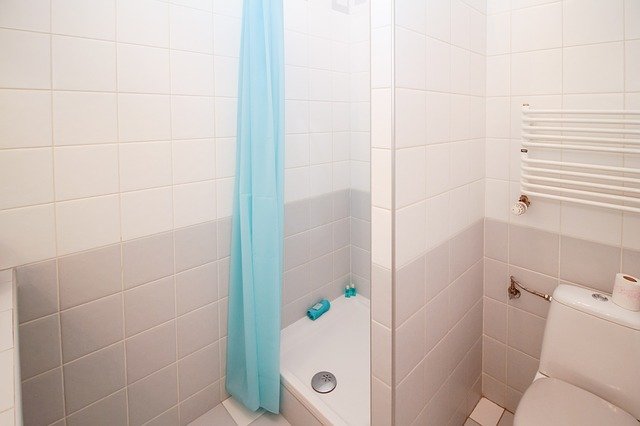You don’t have to be a complete failure when it comes to cleaning to end up with “pink mold” in your shower or on your shower curtain. The stuff grows quickly. Unless you are a cleaning fanatic, you’ve probably seen it at least once or twice lurking around, but what is it, and why is it pink? The mystery of the pink stuff growing in the shower isn’t actually a mystery, and it isn’t actually mold.
What is “Pink Mold?”
That pink stuff commonly referred to as “pink mold” is actually a bacteria. It’s name is Serratia marcescens, and it loves the minerals and fats in soaps and shampoos.
If you look up Serratia marcescens on Wikipedia, it seems sort of scary. It is responsible for many infections people get while they stay in the hospital. It can, in rare cases, cause conditions like pneumonia or meningitis! However, this pink bacteria doesn’t typically do anything but become a slippery eyesore in the shower.
Should You Worry if You Have “Pink Mold” in Your Shower?
If you have “pink mold” in your shower, you don’t need to call a professional mold removal service. You do need to clean it with some bleach. Once this bacteria starts to grow, it is difficult to eliminate without the power of harsh cleaning chemicals. Keeping your shower dry and cleaned regularly can help to prevent recurrences, but it is very common to have it recur.
You don’t have to worry about “pink mold,” but you should recognize that it can have health consequences. If you brush up against it in the shower and it gets into an open wound, it could cause an infection. If it gets into the urinary tract, it could cause a urinary tract infection. “Pink mold” doesn’t usually do anything, but that doesn’t mean that it can’t.
Does My Shower Have Mold?
It is totally possible for your shower to have mold. Mold likes to grow in warm, moist places, and that typically fits the shower environment. Keeping it clean is one way to prevent mold from taking hold. Also, increasing ventilation and decreasing humidity will help. Mold often grows in places that go unnoticed by household members. In the bathroom, this could be under the sink or behind the toilet…any place that there could be a leak. If you have plumbing problems in your shower, then you may get mold growing within your walls. It is recommended that you call a professional for mold removal if the area contaminated is larger than 10 square feet.
